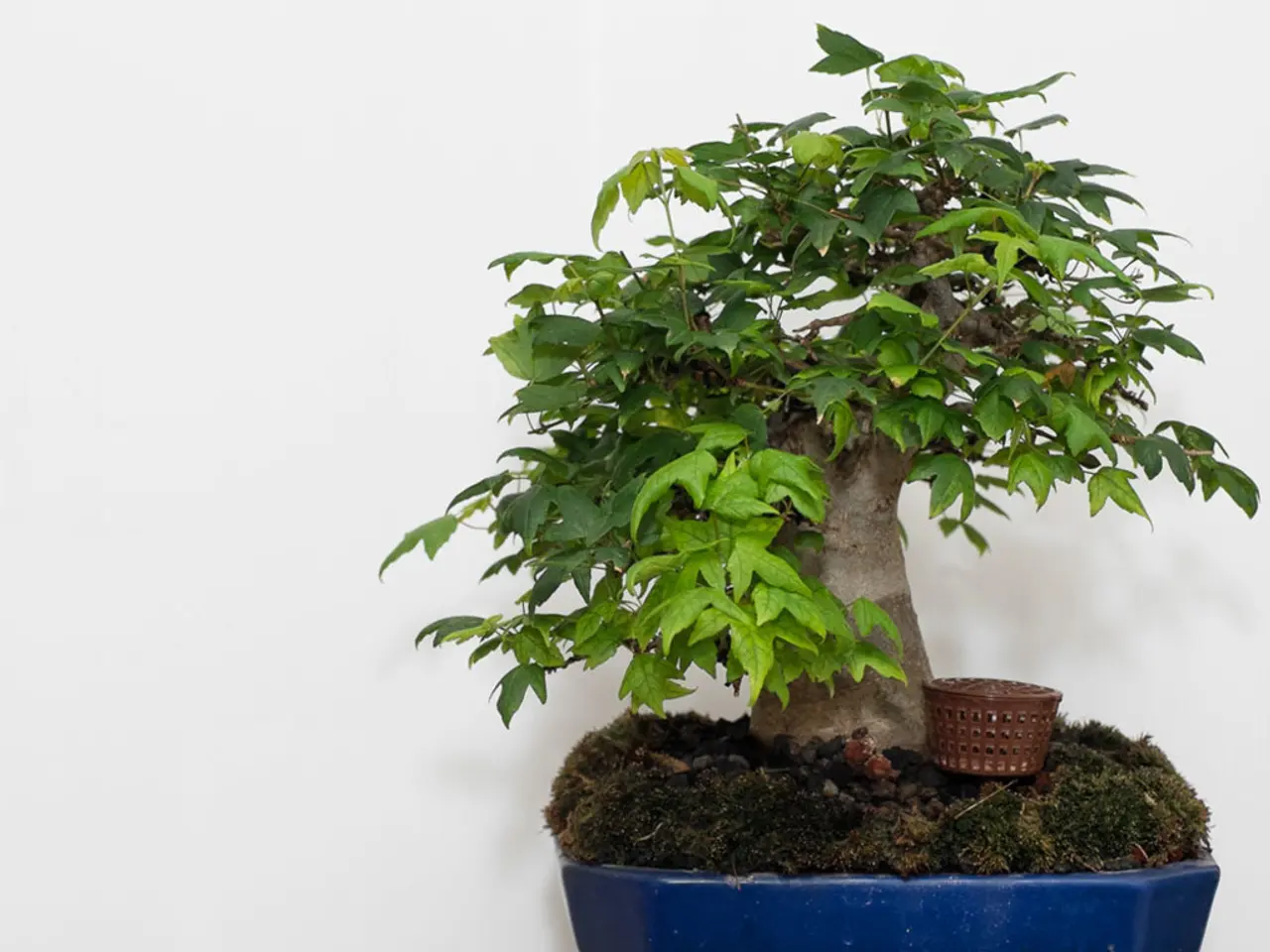Custom 3D-Printed Bonsai Containers: Designing and Crafting Personalized Planters
In the world of bonsai, tradition meets innovation as 3D printing technology revolutionises the landscape. This modern approach allows for the creation of custom bonsai pots with unique shapes, sizes, and proportions that cater to every enthusiast's aesthetic preferences.
A well-prepared design is the cornerstone of a successful print, minimising the risk of errors and saving valuable time and resources. Specific file formats like STL, OBJ, and AMF are essential for seamless 3D printing, ensuring your custom bonsai pot designs come to life.
The precision of 3D printing technology enables the addition of intricate details and patterns to bonsai pots. Designers can incorporate delicate, swirling motifs, geometric patterns, textured organic shapes, intricate lace-like filigree, and bold graphic patterns into 3D-printed bonsai pots.
Online communities and repositories, such as Thingiverse, MyMiniFactory, and GrabCAD, serve as hubs for designers to showcase their work and for enthusiasts to find inspiration. Some platforms even allow users to customise and modify existing designs to suit their specific requirements.
To guarantee a watertight and leak-free design, carefully consider drainage patterns, material selection, and wall thickness. Test your design with simulations or prototypes before printing to ensure its functionality. Post-printing processing and finishing techniques are vital to transform a raw printed material into a polished, functional vessel. Sanding, filing, applying a primer or sealant, painting or staining, adding a clear coat or varnish, and installing drainage holes or mesh are examples of post-printing processes.
When preparing a design for print, it's essential to optimise the 3D model for 3D printing by considering factors such as wall thickness, drainage, and material constraints. Bonsai fans most recommend using Blender software for creating special 3D-printed pot designs that harmonise aesthetics and functionality.
For outdoor bonsai trees, it's vital to guarantee the 3D-printed pot can withstand environmental elements such as UV radiation, temperature fluctuations, and moisture. Some designs even incorporate built-in water reservoirs or saucers, providing a self-watering system and enhancing the overall aesthetic appeal of your bonsai arrangement.
While 3D-printed pots can be more susceptible to cracking than traditional pots due to the layer-by-layer printing process, which may create weaknesses in the material's structure, the benefits of customisation and unique designs often outweigh the potential risks. Many designs are available for free, while others may require a small fee or subscription. These online platforms offer a vast array of 3D-printed pot designs, from minimalist and modern to intricate and ornate.
Embrace the future of bonsai with 3D printing, where creativity knows no bounds.
Read also:
- Peptide YY (PYY): Exploring its Role in Appetite Suppression, Intestinal Health, and Cognitive Links
- Toddler Health: Rotavirus Signs, Origins, and Potential Complications
- Digestive issues and heart discomfort: Root causes and associated health conditions
- House Infernos: Deadly Hazards Surpassing the Flames








